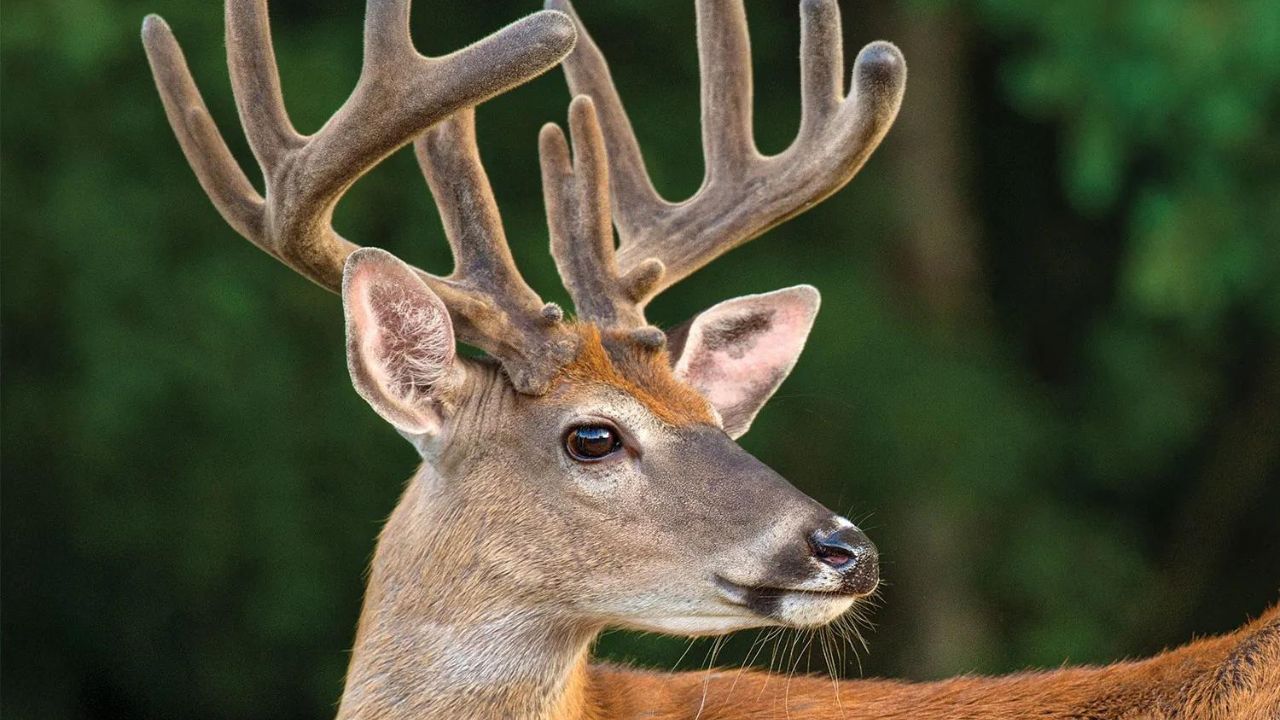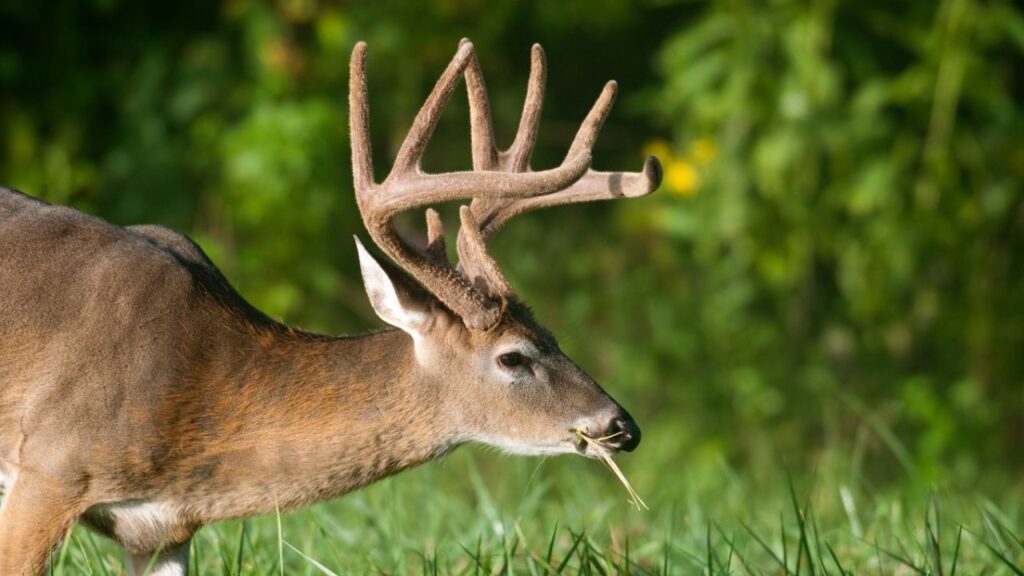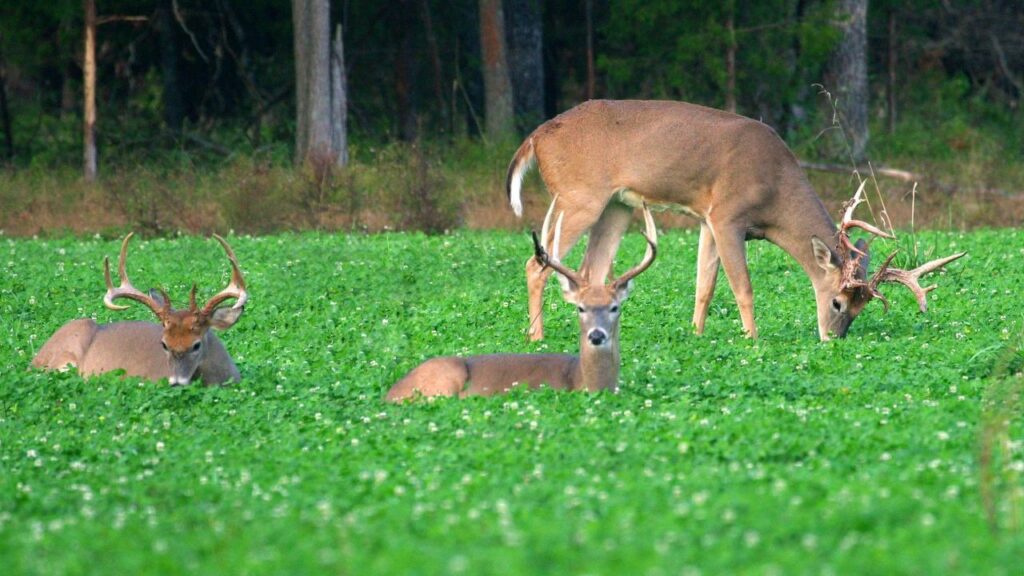In the vast expanse of the wild, where nature unfolds its mysteries, deer antlers stand out as a symbol of strength and vitality. The Best Protein Feed for Deer Antler Growth. Beyond their aesthetic appeal, antlers play a pivotal role in reflecting the overall health of the deer population. This article delves into the realm of deer antler growth, exploring the significance of choosing the best protein feed to maximize their size and quality.
Understanding Deer Antler Growth
Deer enthusiasts and wildlife managers alike are well aware of the importance of robust antler growth in deer populations. Antlers not only contribute to the majestic appearance of these creatures but also serve as indicators of their overall health and well-being. As stewards of wildlife, providing the right nutrition becomes paramount in ensuring that deer thrive in their natural habitats. This article aims to unveil the best protein feed for deer antler growth antler growth, delving into the intricacies of deer nutrition, and offering insights for informed decision-making.
Life Cycle Stages of Deer Antlers
Deer antlers undergo a fascinating process of growth and shedding, with distinct stages in their life cycle. Understanding these stages is essential to grasp the impact of nutrition on antler development. The antler growth cycle typically consists of three main phases: velvet growth, antler hardening, and shedding. Each phase demands specific nutrients to ensure optimal development.
Factors Influencing Antler Development
Various factors, including genetics, age, and environmental conditions, influence the growth of deer antlers. However, nutrition emerges as a critical factor that can be manipulated to enhance antler size and quality. Providing the right nutrients at each stage of the antler growth cycle significantly influences the overall outcome.
Role of Nutrition in Antler Growth
Proteins, among other essential nutrients, play a crucial role in providing the construction blocks necessary for antler development. A balanced diet ensures that deer receive the nutrients needed at different stages of life. Protein is a key component in antler formation, contributing to both size and strength.
Identifying Essential Nutrients
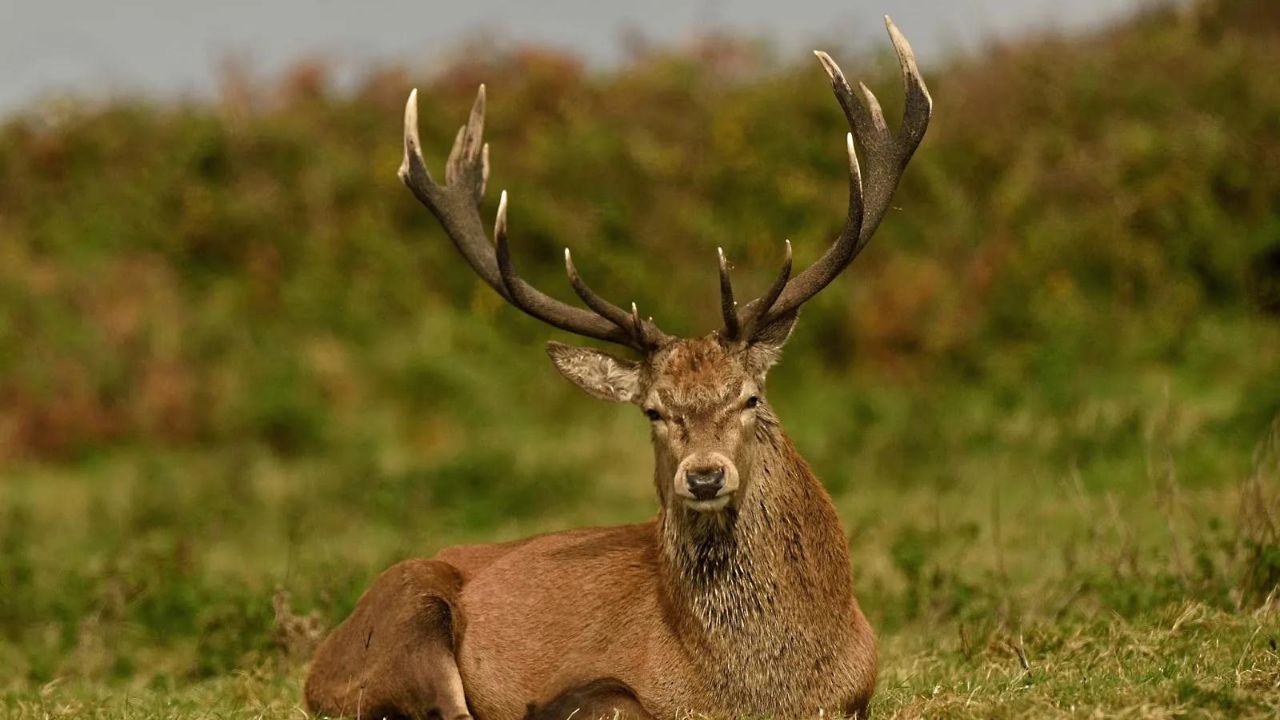
Protein as a Primary Factor: Protein is the cornerstone of a deer’s diet when aiming for optimal antler growth. Proteins are important for muscle and tissue development, and antlers, being composed of bone, are greatly influenced by protein intake. The Best Deer Feed for Antler Growth section explores the significance of protein and its impact on the development of robust antlers.
Other Key Nutrients for Optimal Antler Development: While protein takes the spotlight, other nutrients such as minerals and vitamins contribute to deer’s overall health and indirectly affect antler growth. A comprehensive approach to nutrition is key. Calcium, phosphorus, and vitamin D, for example, play crucial roles in bone development and should be included in a deer’s diet for well-formed antlers.
Balanced Diet for Overall Deer Health: Maintaining a well-balanced diet is crucial not only for antler growth but also for deer’s general health. Ensuring that the diet includes a variety of nutrients in appropriate proportions supports overall well-being. Best Protein Feed for Deer Antler Growth, browse and supplement where necessary.
Evaluating Different Protein Feed Options
Common Types of Protein Feed for Deer: The market offers various protein feed options, ranging from commercial products to homemade recipes. Understanding the different types helps in making informed choices. Common protein feeds include pellets, grains, and specially formulated commercial deer feeds. Each has its advantages, and the choice depends on factors such as convenience, cost, and nutritional content.
Nutritional Content Comparison: A detailed analysis of the nutritional content of different protein feeds provides insights into their effectiveness in promoting antler growth. Protein content, as well as the presence of essential minerals and vitamins, should be considered. This section aims to guide readers in selecting the most suitable option for their deer based on their specific needs and resources.
Impact of Protein Feed on Antler Size and Quality: Real-life examples and case studies showcase the direct correlation between specific protein feeds and the resulting antler size and quality. Best Protein Pellets for Deer an evidence-based approach helps readers make informed decisions. Anecdotes from successful deer breeders and wildlife managers provide valuable insights into the effectiveness of different protein feeds in real-world scenarios.
Best Practices for Feeding Deer

Feeding Schedule and Frequency: Establishing a consistent feeding schedule and frequency is essential for maximizing the benefits of protein feed. This section offers practical advice on creating a feeding routine. While the commonness may vary based on factors such as season and deer population density, consistency is key. Regular feeding ensures that deer receive the necessary nutrients consistently throughout the year.
Quantity Control to Avoid Overfeeding: While providing adequate nutrition is crucial, overfeeding can lead to health issues. Guidelines on quantity control ensure that deer receive optimal nutrition without the risk of excess. Monitoring deer health, observing their behavior, and adjusting feed quantities accordingly contribute to maintaining a healthy balance.
Ensuring Access to Clean Water: Water is often overlooked but is a vital component of a deer’s diet. The Best Feed for Deer Antler Growth section emphasizes the significance of ensuring access to clean water alongside a balanced protein-rich diet. Proper hydration supports digestion and nutrient absorption, enhancing the effectiveness of the protein feed.
Case Studies
Successful Instances of Using Specific Protein Feeds: Real-world success stories highlight the positive impact of choosing the right protein feed. These case studies provide inspiration and practical insights for deer enthusiasts. Examples of deer populations showing significant improvements in antler growth after introducing specific protein feeds offer tangible proof of the importance of nutrition in deer management.
Before-and-After Comparisons of Antler Growth: Visual evidence through before-and-after comparisons offers a tangible representation of the transformative effects of optimal nutrition on deer antler growth. Comparing antler growth before and after implementing a protein-rich diet provides a clear illustration of the positive changes that can be achieved.
Understanding Deer Behavior
Relationship Between Feeding Patterns and Antler Growth: Observing and understanding deer behavior is essential for effective nutrition management. The Best Deer Supplement for antler growth section explores how feeding patterns correlate with antler growth. Factors such as preferred feeding times, foraging behavior, and group dynamics all influence how deer consume protein feed and utilize the nutrients for antler development.
Creating an Environment Conducive to Optimal Nutrition: Beyond providing the right feed, creating an environment that supports natural feeding behaviors enhances the effectiveness of protein feed in promoting antler growth. Maintaining natural habitats, reducing stressors, and minimizing disturbances contribute to a conducive environment for deer nutrition.
The Market for Protein Feed
Popular Brands and Their Offerings: An overview of popular brands in the market, along with the specific offerings of each, aids readers in making informed choices based on reputable products. Recognized brands often invest in research and development to formulate feeds that cater to the specific nutritional needs of deer.
Reviews and Testimonials from Deer Enthusiasts: User experiences and testimonials provide valuable insights into the effectiveness of different protein feeds. The feed for deer antler growth section compiles feedback from the deer enthusiast community. Real-world experiences, both positive and negative, offer a holistic view of how various protein feeds perform in different scenarios.
Cost Considerations and Budget-Friendly Options: Balancing quality with cost is crucial for many readers. A comprehensive discussion on cost considerations helps individuals find protein feeds that align with their budget. While premium feeds may offer specific advantages, there are often budget-friendly options that provide adequate nutrition for promoting healthy antler growth.
DIY Protein Feed Recipes
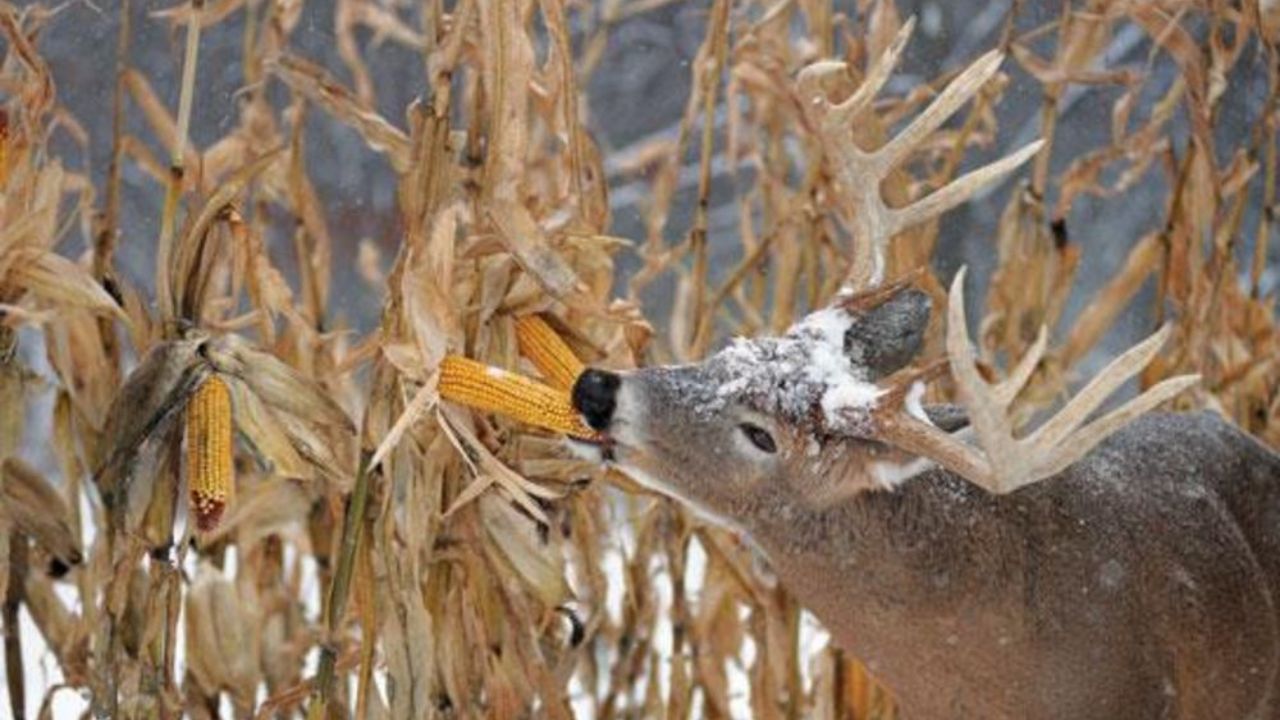
Homemade Alternatives for the Budget-Conscious: For those looking to take a hands-on approach, this section provides simple yet effective recipes for homemade protein feed catering to the budget-conscious. Homemade options can be tailored to suit specific nutritional needs and offer a cost-effective alternative to commercial feeds.
Recipe Variations for Different Seasons: Considering seasonal variations, this section offers recipe variations to meet the changing nutritional needs of deer throughout the year. Winter, spring, summer, and fall bring different challenges and nutritional requirements, and adjusting protein feed recipes accordingly ensures year-round support for antler growth.
Potential Challenges and Solutions
Common Issues in Deer Antler Growth: Addressing common challenges in antler growth ensures readers are equipped to troubleshoot issues and provide timely solutions for their deer population. Factors such as injury, disease, or inadequate nutrition can hinder antler development, and understanding how to identify and address these challenges is crucial.
Troubleshooting Tips for Nutrition-Related Problems: In-depth troubleshooting tips specifically related to nutrition help readers identify and rectify potential problems that may hinder antler development. From adjusting protein feed quantities to addressing imbalances in nutrient intake, this section provides practical solutions to common nutrition-related issues.
Environmental Factors
Impact of Climate on Protein Feed Effectiveness: Understanding how environmental factors, especially climate, can influence the effectiveness of protein feed assists readers in adapting their feeding practices accordingly. Extreme temperatures, seasonal changes, and environmental stressors can impact deer nutrition, and being aware of these factors enables better management strategies.
Adjusting Feeding Practices Based on Seasons: Seasonal adjustments in feeding practices are necessary to accommodate changes in deer behavior and nutritional requirements. This section provides guidance on modifying protein feed quantities and formulations based on the distinct nutritional needs of deer during different seasons.
Ethical Considerations
Balancing Human Intervention with Wildlife Preservation: This section explores the ethical considerations surrounding human intervention in deer nutrition, emphasizing the importance of preserving the natural ecosystem. While providing supplemental feed is beneficial, it’s crucial to strike a proportion that ensures the well-being of the deer population without disrupting the natural order.
Sustainable and Eco-Friendly Protein Feed Options: For environmentally conscious readers, information on sustainable and eco-friendly protein feed options is provided, ensuring a harmonious coexistence with nature. Choosing feeds with minimal environmental impact and supporting practices that promote sustainability align with ethical wildlife management.
Expert Opinions and Insights
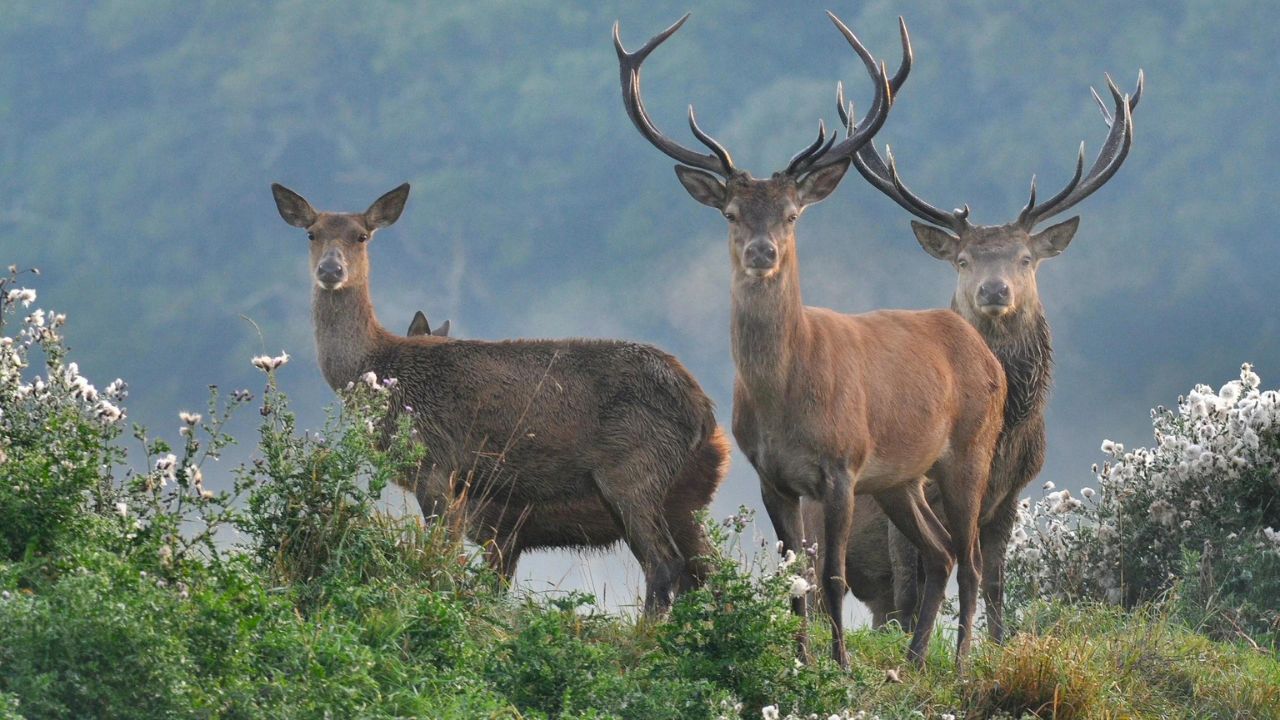
Interviews with Wildlife Nutritionists: Insights from wildlife nutrition experts provide a deeper understanding of the intricacies of deer nutrition and antler growth. Interviews with professionals in the field offer authoritative perspectives on the role of protein feed and other nutrients in promoting optimal antler development.
Recommendations from Experienced Deer Breeders: Practical advice from seasoned deer breeders offers valuable perspectives on choosing the best protein feed based on years of hands-on experience. Breeders often have unique insights into the preferences and nutritional needs of different deer populations, making their recommendations invaluable for readers.
Conclusion
The journey into the realm of deer antler growth reveals the critical role played by the right protein feed. From understanding the stages of antler development to evaluating different feed options, readers are equipped with the command to make informed decisions that positively impact deer health. The right protein feed is not just a supplement; it’s a key factor in unlocking the full potential of deer antler growth, contributing to the vitality and sustainability of these magnificent creatures.
FAQ
When Should I Feed My Deer Protein For Antler Growth?
Feeding deer nutrition in the summer helps them grow into larger bucks. While they are caring for their young fawns, the bucks will increase the growth of their antlers and gain from the protein.
What Is a Good Source of Protein For Deer?
When properly fertilized, productive, high-protein feeding plots of peas, beans, or lab-lab can yield up to 35 percent protein. These plots are also very palatable, allowing your deer to assimilate the majority of the protein and minerals they eat.
What Nutrition Is Needed For Deer Antler Growth?
For the best antler growth, a buck of any age should consume, on average, 16% protein from spring through summer. In a Texas research, four-year-old bucks fed 16% crude protein-produced antlers with a Boone and Crockett score that was around 20 inches higher than that of bucks fed 8%.

